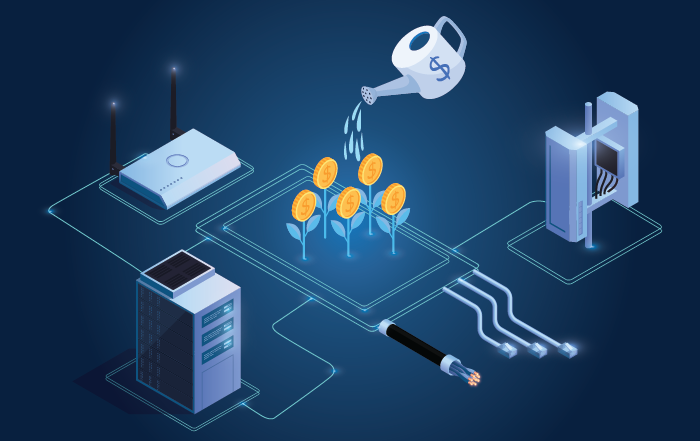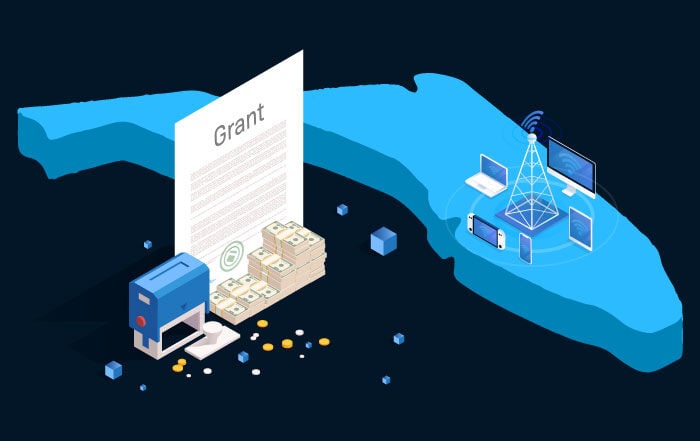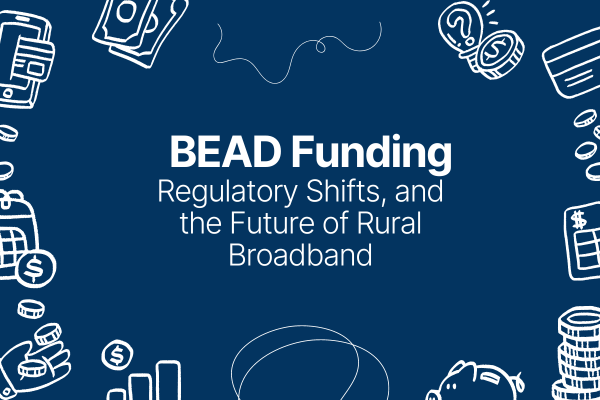Florida’s Grant Initiatives Expand Broadband Access in Polk County
The state of Florida has recently allocated grants to support the expansion of broadband access in Polk County. Governor Ron DeSantis’ office has...

The American Rescue Plan (ARP) is making notable strides in improving connectivity and bolstering community services across the United States. The U.S. Department of the Treasury recently announced the approval of federal funds for multi-purpose community facility projects and broadband infrastructure projects in Delaware and Idaho, aligning with ARP’s Capital Projects Fund (CPF). These initiatives aim to bridge the digital divide and expand economic opportunities in underserved areas.
Delaware has been approved to receive $65.9 million for its Multi-Purpose Community Facility Program, which will fund the construction and renovation of 29 nonprofit community facilities. These facilities, selected through a competitive grant process, will address the specific needs of towns and cities in all three of Delaware’s counties. The program will foster economic growth by connecting youth with job training and opportunities, supporting homeless individuals, providing services for people with disabilities, and offering essential resources like public Wi-Fi access and health services for seniors.
Idaho will receive $120 million for its broadband infrastructure projects, estimated to benefit around 35,000 locations. Through the Idaho Broadband Advisory Board’s Broadband Infrastructure Grant – CPF program, the state plans to prioritize fiber investments to connect households lacking access to internet speeds of at least 100/20 Mbps. This initiative builds upon previous investments in broadband infrastructure, leveraging the success of previous programs to enhance high-speed internet connectivity in underserved areas.
Deputy Secretary of the Treasury, Wally Adeyemo emphasizes that digital connectivity is crucial for expanding economic opportunities nationwide. The funding allocated through the CPF program is a testament to the Biden-Harris Administration’s historic investments in providing access to high-speed internet for millions of Americans. Through initiatives like the CPF, funded by the American Rescue Plan, and the Affordable Connectivity Program funded by the Bipartisan Infrastructure Law, the administration has already provided affordable, high-speed internet to 17 million American households.
The CPF, with a total of $10 billion in funding, is available to states, territories, freely associated states, and Tribal governments to finance critical capital projects that promote work, education, and health monitoring. In addition to the CPF funds, many governments are using a portion of their State and Local Fiscal Recovery Funds (SLFRF) to achieve the Biden-Harris Administration’s goal of providing affordable and reliable high-speed internet to every American household. These comprehensive initiatives work in conjunction with the President’s Investing in America agenda to narrow the digital divide by ensuring internet access for underserved populations and reducing costs for those who cannot afford it.
To make high-speed internet more affordable, the Affordable Connectivity Program (ACP) has been implemented, thanks to the funding provided by the Bipartisan Infrastructure Law. Eligible households can receive a discount of up to $30 per month (up to $75 per eligible household on Tribal lands) to access high-speed internet. With nearly 40% of U.S. households estimated to qualify for the program, the ACP is crucial in making connectivity more accessible.
Through the American Rescue Plan’s Capital Projects Fund and the Affordable Connectivity Program, the Biden-Harris Administration is making substantial progress in providing essential resources and internet connectivity to underserved communities. Delaware and Idaho are prime examples of states benefiting from these programs, with Delaware focusing on multi-purpose community facilities and Idaho prioritizing broadband infrastructure. By leveraging these investments, the administration is bringing about positive change and paving the way for a more connected and inclusive future across the United States.

The state of Florida has recently allocated grants to support the expansion of broadband access in Polk County. Governor Ron DeSantis’ office has...

The broadband landscape is in flux, creating both hurdles and a wide range of opportunities for internet service providers (ISPs). Rural...

The distribution of $930 million for 35 broadband construction projects across the United States has been announced by the Biden administration....